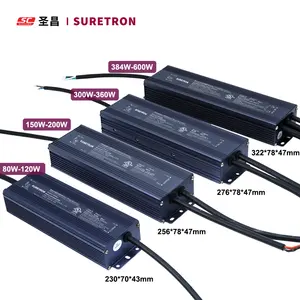
Triac 30W 60W 80W 90W 100W 120W cung cấp điện 24V 150W 192W 200W 300W 320W 360W 384W 600W Dimmable dẫn lái xe 12V


Bán Buôn Cung Cấp Điện 12 Volt Siêu Mỏng Slim Led Điều Khiển 6-80 Wát 12 V Ac Tủ Ánh Sáng Đa Cổng Cung Cấp Điện

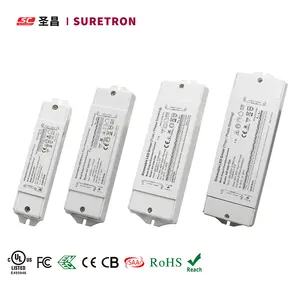
Triac Dimmable Dẫn Xuống Ánh Sáng Điều Khiển 120V Ac 9 Wát 40 Wát 60 Wát 300ma 3V 42V 65V Dc Triac Dimming Liên Tục Hiện Tại Dẫn Điều Khiển


Dải Có Thể Điều Chỉnh Độ Sáng Chống Nước MEAN WELL 50W 75W 150W 200W 300W 400W 12V 24V 48V Trình Điều Khiển Led Dali Được Tối Ưu Hóa

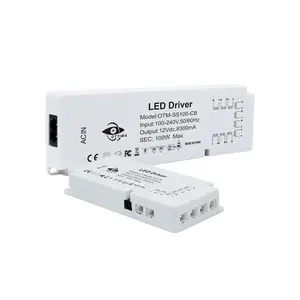
Siêu Mỏng Dc12v 18W 24W 36W 48W 60W 72W LED Điều Khiển 24V 60W Tủ Mỏng Cho Gương Tủ Chiếu Sáng


Thiết Kế Chuyên Nghiệp Cách Ly 50W 120V Dimmable Led Driver
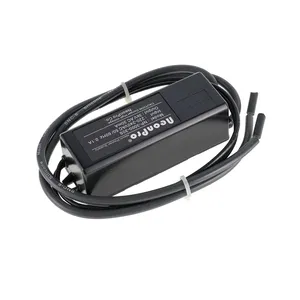
Neon Biến Áp Điện Tử 12kv 15kv 220V 230V 120V Led Driver Cho Neon Ống Sản Phẩm

SMARTS 120V 277V Class 2 Dimmable Led Điều Khiển 12V 60W Với Hộp Nối Kim Loại

Sản Phẩm Thịnh Hành 60V 90V 100V 120V 130V 320ma 41W Triac Hình Vuông Pcb Trình Điều Khiển Máy Rửa Tường Đèn Led Dòng Điện Không Đổi

120 v ac dc 12 v 5a cung cấp điện 60 w triac dimmable dẫn lái xe cho LUTRON dimmer

120 v đầu vào đèn led đầu ra 9 v 12 v 15 v 32 v 36 v 60 v 100 v 105 v 120ma 180ma 200ma 300ma led lái xe cho bóng đèn dẫn ánh sáng

UL Được Liệt Kê Class 2 Led Điều Khiển 75Watt Điện Áp Không Đổi 12V 24V 24W 40W 60W 96W 240W 120V Triac Dimming Junction Box Led Điều Khiển
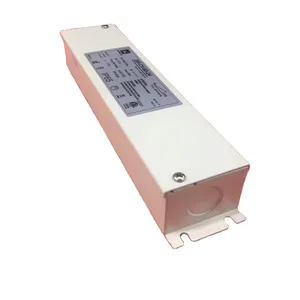
Trình Điều Khiển Led J-box 120V Trình Điều Khiển Có Dây Cứng 12V Hoặc 24V Với Đầu Nối Trình Điều Khiển Led Triac Có Thể Điều Chỉnh Độ Sáng Đóng Hộp Và Được Liệt Kê CETL
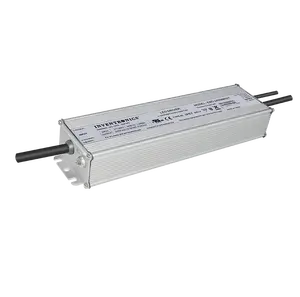
Inventronics 240 450V đầu vào 120V Đầu Ra Dimmable CB dẫn lái xe dẫn Dimmable lái xe

UL ETL FCC 220V 120V Đầu Vào Led Điều Khiển 150W 24V Dali Dimmable Led Panels Điều Khiển Cb Chấp Thuận

CUL Triac ETL 120V 277V Class 2/0-10V/1-10V/PWM/V-R Điều Khiển Led Có Thể Điều Chỉnh Độ Sáng 5 Trong 1 12V 300W Với Hộp Nối Kim Loại

Đèn Led Điều Chỉnh Độ Sáng Pwm 48V 36V 24V 12V Đầu Vào 120V 230V 277V Thông Dụng Mạch Ic Trình Điều Khiển Đèn Led Mờ Triac Loại 2 80W

Bộ Điều Khiển Đèn LED Ip67 Chống Nước Điện Áp Không Đổi Ac Ip68 120V 220V Dc 12V 24V 100W/Ac Sang Dc

ES ul CUL 120V AC 12V 24V DC 1A 2A 24W Điện áp không đổi hàng đầu cạnh TRIAC elv mờ dẫn lái xe

Cung cấp điện 400W 48V 50V 60V 70V 100V 110V 120V 150V bán buôn dẫn chuyển đổi cung cấp điện dẫn lái xe
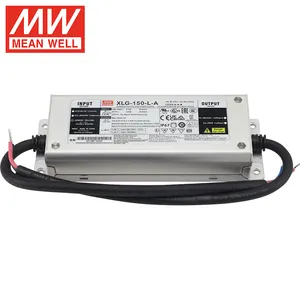
Meanwell XLG-150-L-A 150 Wát điện liên tục dẫn lái xe cho IP65 24V LED Flood chiếu sáng 700mA 1050mA 120V

Letaron 40 Wát Triac Dimmable LED Điều Khiển 120V AC Đến 12V DC Biến Áp Điện Cho Nội Thất Ánh Sáng Tủ

Youbeisite Đèn LED 60W Nhôm Chống Nước IP65 AC 120V Bảo Vệ Chống Sét 4KV Độ Sáng Cao
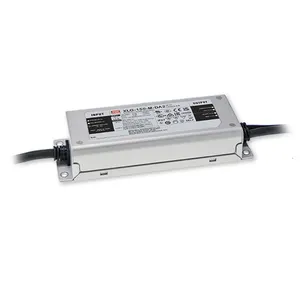
Có nghĩa là cũng XLG-150-M-DA2 150W 1400ma 120V dẫn lái xe

Triac Dimmable dẫn xuống trình điều khiển ánh sáng 120V AC 100W 24V DC TRIAC mờ điện áp không đổi dẫn lái xe

Bộ Chuyển Đổi Điện Áp Không Đổi DUSKTEC Vòng 15V 60W 120V Đến 12V 150 W 3a 36W X 3 Bộ Chuyển Đổi Đèn Led 18-22 V

Slim LED cung cấp điện 100W liên tục hiện tại Dali lái xe 120V 220 đầu ra 13V 10W 1050mA 350mA dẫn lái xe
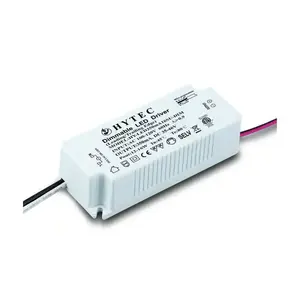
Dây Dimmable dẫn lái xe 7W đến 25W Đầu vào AC 100V đến 120V

Tín hiệu đầu ra đầu vào 120Vac 230VAC điện áp thấp cung cấp điện DC 12V dải ánh sáng biến áp 120V đến 24V RGB 3 màu dẫn lái xe

2A 3A 5A 8A 10A 15A 20A 30A 20W 36W 60W 100W 120W 150W 200W 300W 400W 600W Không Thấm Nước Cung Cấp Điện LED Điều Khiển IP67
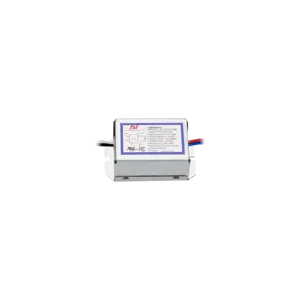
Đầu Vào 120V 277V 12W Power LED Mini Driver 50/60Hz
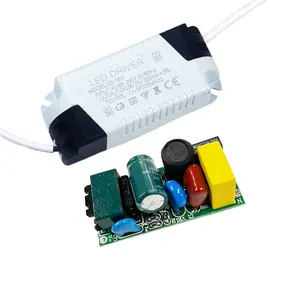
30V-80V 48V 120V LED bảng điều khiển ánh sáng liên tục hiện tại 36W 40W 24-40W 280-540ma 300mA
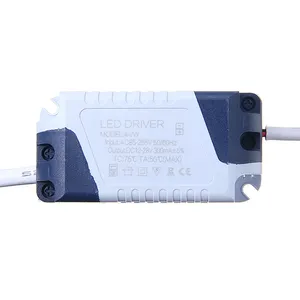
Nhựa Led Driver 1-100 Wát 4.7Uf 6.8Uf 10Uf 85-265V 110V 120V 220V 330ma 780ma 860ma 950MA Hiện Tại Liên Tục 18 Wát Led Driver

Đèn Led Ddown Triac Có Thể Điều Chỉnh Độ Sáng Ddriver 120V AC 40W 60W 100W 300ma 36V 42V 48V DC Triac Điều Khiển Đèn Led Dòng Điện Không Đổi Mờ
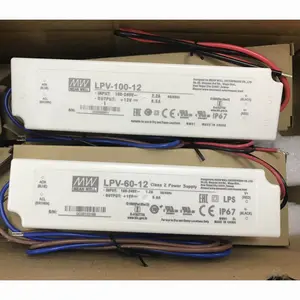
Meanwell LPV-100-12 12V IP67 100W Mỏng Không Thấm Nước IP67 110V 120V 220V Để 12V Cung Cấp Điện LED Điều Khiển Cho LED Bảng Điều Chỉnh Dải Ánh Sáng

24V cung cấp điện chuyển đổi TRIAC Dimmable dẫn lái xe nhà sản xuất 5V 3A 120V DC 36V AC/DC cung cấp điện

120V 1050mA 120W IP67 bị cô lập thông minh Dali dẫn cung cấp điện không thấm nước nhôm Dimmable Dimmer dẫn lái xe
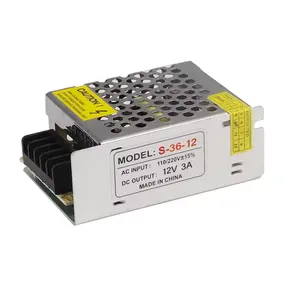
Liên tục hiện tại điện áp DC 12V 24V AC 110V 120V dẫn lái xe 15W 25W 36W 60W 100W 150W chuyển mạch cung cấp điện
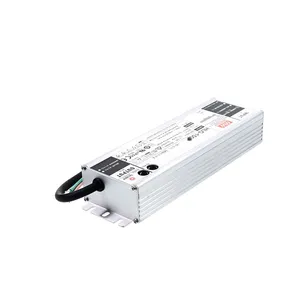
IP44 18W 38W 45W 46W 48W 300mA 420mA 450mA 500mA 42V 72V 120V 150V DC phát triển ánh sáng dẫn lái xe
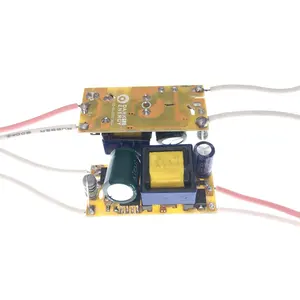



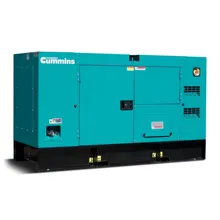























 浙公网安备 33010002000092号
浙公网安备 33010002000092号 浙B2-20120091-4
浙B2-20120091-4